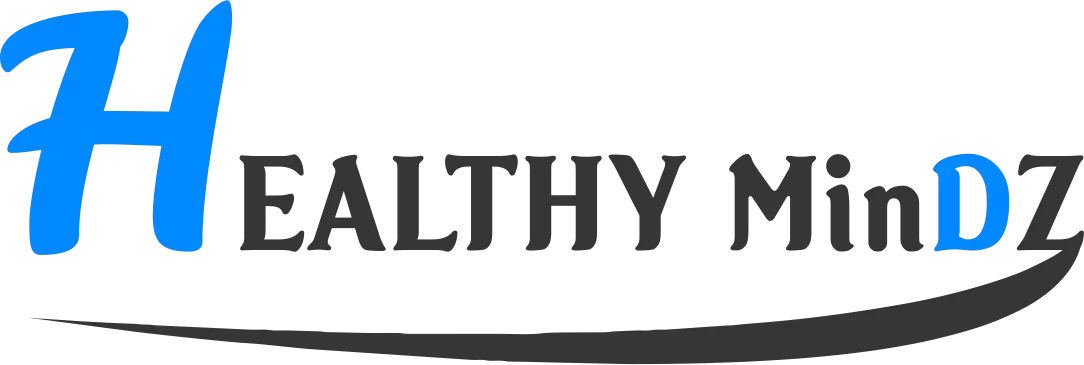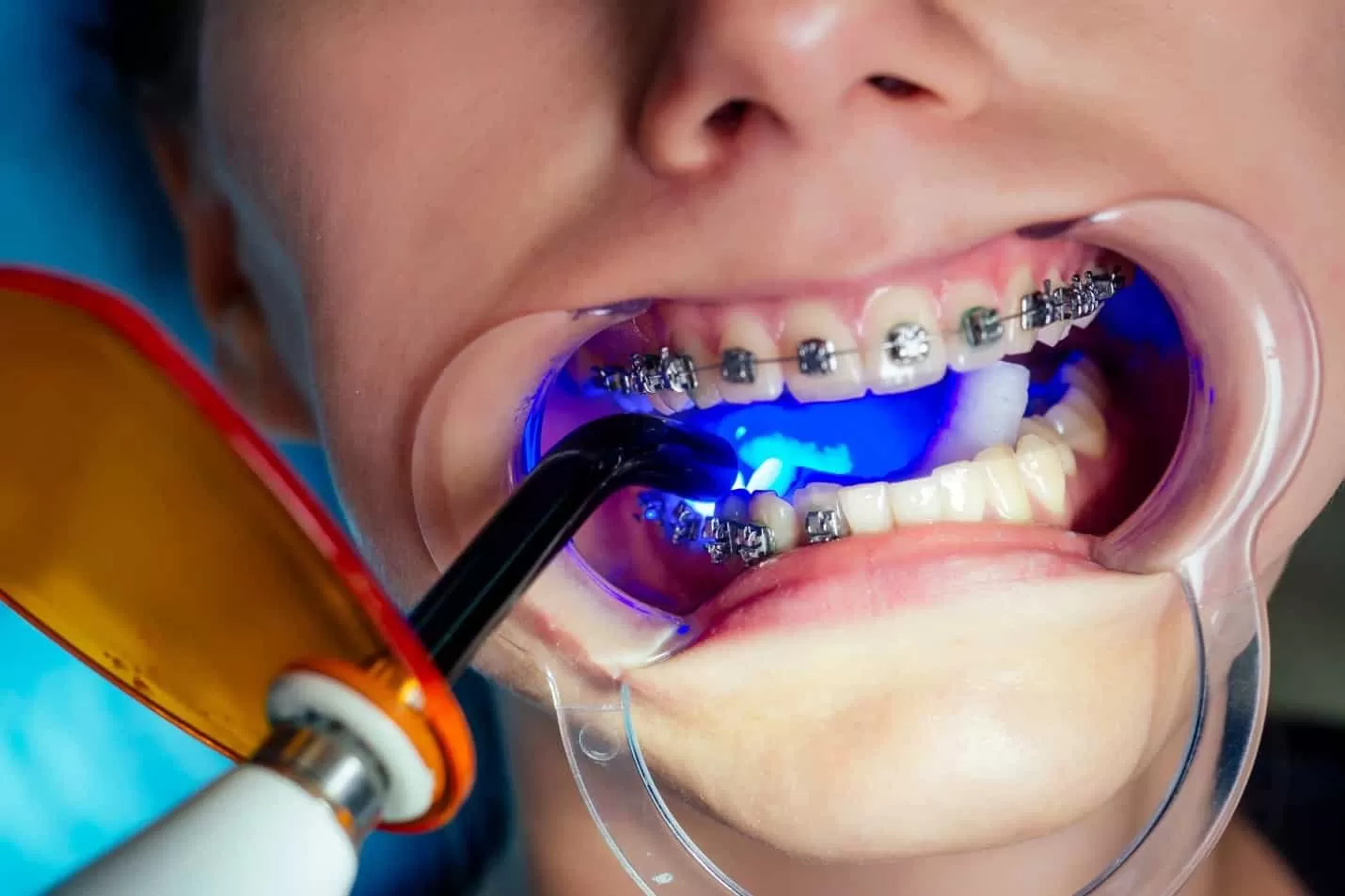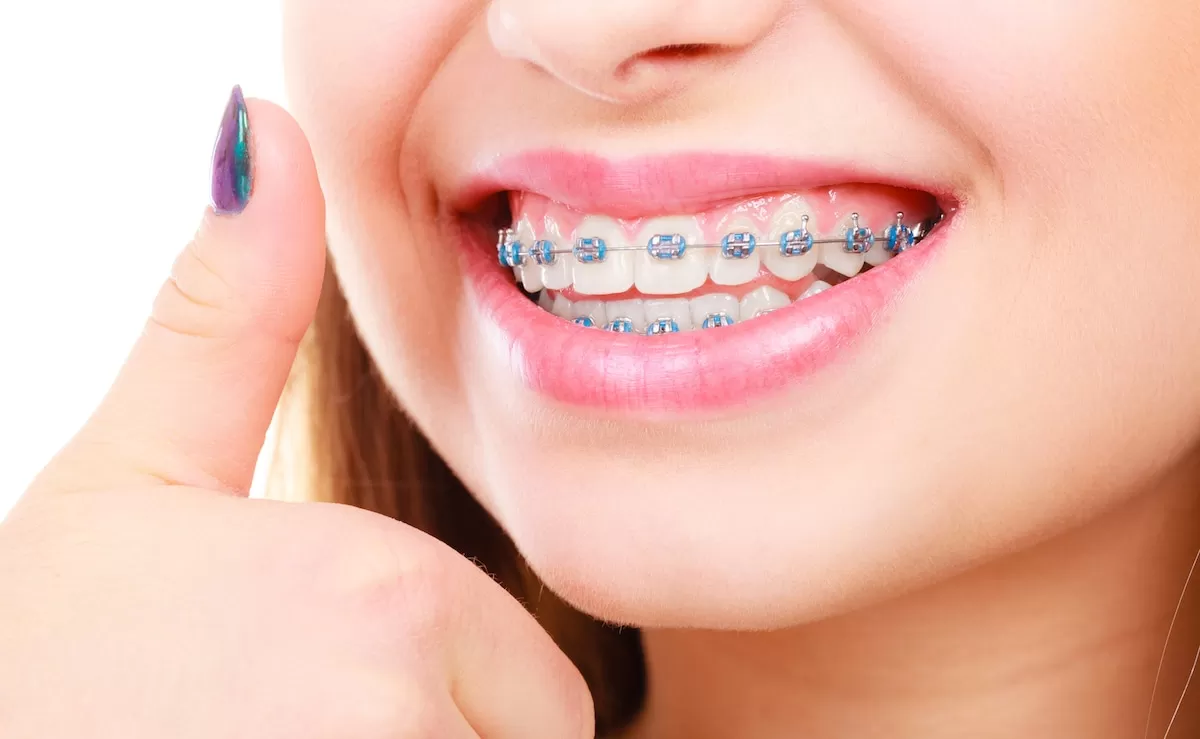What Are The Different Ways To Treat the Root Canal?
Are you someone suffering from crooked teeth and tooth decay?
Dental irregularities are typical today among teens, children, and aged people. Many people suffer from toothaches, tooth cavities, decay, and tooth infection caused by infected pulp.
However, visiting an emergency root canal near me in Houston after having constant toothache and swollen gums must have led you toward root canal treatment. In this article, we have mentioned some symptoms of root canal treatment that an individual should know before getting treatment. Read this entire article to ensure you get all the essential things in your treatment.
What is the process of the root canal treatment?
A root canal treatment is a cosmetic dentistry procedure that will remove the tooth’s soft center, known as pulp. The pulp is formed of nerves, tissue, and blood vessels that help our teeth to grow. Only a few people know about this, but this procedure is performed by a root canal specialist near me in Houston.
Which are the signs that signify you need a root canal?
- A dental fissure, chip, or crack
- A severe toothache may be present when chewing or applying pressure to the tooth.
- Discomfort or enlargement of the gums around the teeth
- An additional swollen area on your face or neck
- An abscess or lesion, resembling a tiny pimple or blister, develops on the gum tissue surrounding the tooth.
- Extreme sensitivity to hot or cold foods or beverages or pain that persists after the hot or cold food or beverage has been removed.
- Tooth discoloration or tooth aging.
Steps that are being followed while treating the root canal are :
Taking up the X-rays :
Dental X-rays are taken as the initial stage in a root canal operation to determine the extent of the dental pulp’s damage. The X-rays also allow your dentist to view the precise form of your tooth’s root canals, the position of the infection, and whether or not there has been severe bone damage.
Injecting anesthesia:
A local anesthetic is used in the second step of the treatment. In order to keep you from experiencing any pain during the root canal procedure, this anesthetic is administered to the area around the tooth.
Fixing up the rubber sheet :
In order to confirm the area around the tooth stays completely dry, a root canal dentist near me in Houston will place a rubber sheet called a dental dam or rubber dam around the tooth. This keeps the tooth clean and saliva free.
Forming an opening :
A hole is constructed into the crown of your tooth, which will provide an access point to the tooth’s interior. This process is painless. Once the hole is made, your dentist will remove the decayed pulp from your tooth’s root. This process is performed by a series of root canal files that enter through the hole and scrub the sides of the canal.
Restoring the tooth :
A last step is required to restore the tooth because most teeth requiring root canal therapy have sustained considerable damage. Usually, an artificial crown that is the exact shade and color of your teeth will be used to replace the tooth’s crown, and the tooth will be shielded from further infection by this crown.














